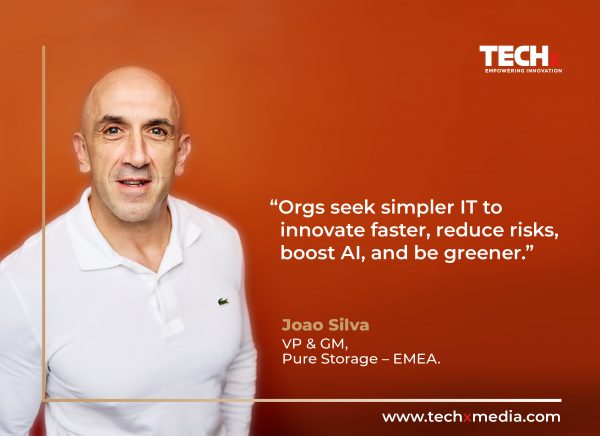
A recent report from Pure Storage® (NYSE: PSTG) in collaboration with Vanson Bourne underscores a major obstacle for businesses: excessive focus on risk management is hampering innovation and AI-driven projects. The study, which surveyed 1,500 global CIOs and IT leaders, found that while AI is recognized as a crucial tool for enhancing business capabilities, the emphasis on mitigating risks is detracting from innovation efforts.
According to the report, 93% of respondents believe AI offers significant opportunities for organizational transformation. Despite this, 80% worry that their companies will fall behind if AI-supporting infrastructure isn’t developed quickly. Additionally, 41% plan to adopt an “AI-first” strategy to boost business success, and nearly all (99.7%) are either planning or currently implementing AI. AI is anticipated to improve efficiency for 55% of respondents, enhance customer experience personalization for 47%, and better utilize customer data in decision-making for 44%.
The report also reveals that 86% of IT leaders prioritize reducing their organization’s risk profile. Major concerns include cyber threats (42%), managing multiple systems (34%), rising cloud costs (30%), and increasing energy expenses (28%). Two-thirds of IT leaders would prefer to devote more time to innovation rather than risk management, and 58% believe their businesses require more focus on innovation. Moreover, 88% of decision-makers suggest reallocating budgets from cybersecurity to promote IT innovation. Notably, 51% of IT teams are so occupied with maintaining operations that they struggle to prioritize innovation, risking a competitive disadvantage.
Joao Silva, VP & GM, EMEA at Pure Storage, stated, “Organizations are often overwhelmed by modernization challenges. The study’s findings highlight a strong desire to simplify IT operations, manage tech debt, and accelerate innovation to achieve sustainability and AI goals.”
To address these issues, Pure Storage offers four key recommendations: balance innovation with cyber resilience by developing comprehensive attack plans; optimize IT infrastructure with a hybrid approach and energy-efficient technologies; ensure AI infrastructure delivers predictable performance and reliability; and strengthen recovery plans with multi-tiered resiliency and rapid data recovery.